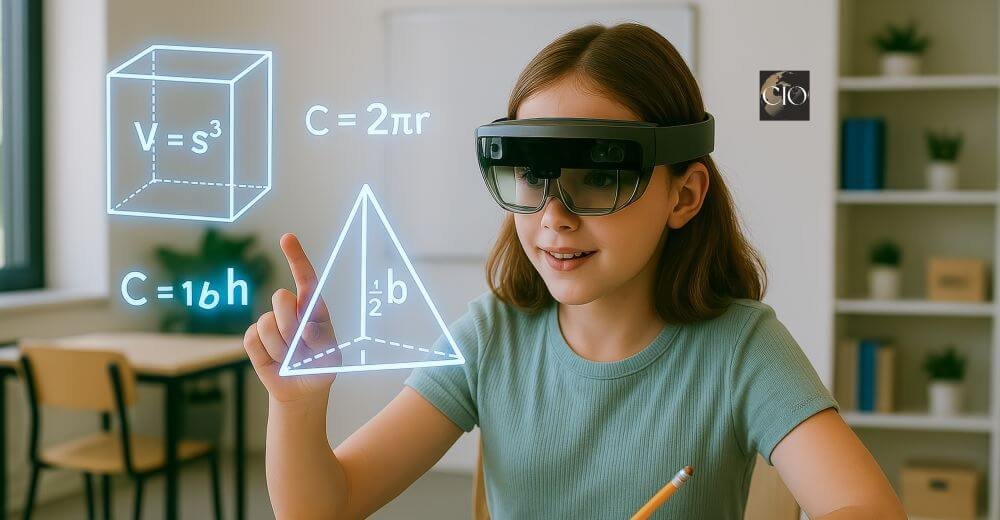The Rise of EdTech
The educational landscape is being transformed fundamentally by the fast pace of technology infiltration into learning and teaching environments. Educational Technology, or EdTech, has become an influential phenomenon, transforming the way knowledge is transmitted, accessed, and digested. From virtual classrooms to artificial intelligence-aided individualized learning, EdTech is revolutionizing education, making it more accessible, interactive, and productive.
This article explores the key innovations driving the rise of EdTech and their implications for the future of teaching.
The Evolution of EdTech
The history of EdTech goes back to the early usage of computers in classrooms in the late 20 th century. Nevertheless, its growth rate has gone into overdrive in the last decade owing to the innovations in internet connectivity, mobile devices and cloud computing. The COVID-19 pandemic served as a catalyst in making schools and universities in various parts of the world shift to online learning almost overnight. This transition revealed the opportunity and the obstacles of EdTech, and educators and institutions turned to digital tools to fill the gaps in the traditional learning systems.
EdTech today can refer to such a variety of tools and platforms as learning management systems (LMS), virtual reality (VR) environments, artificial intelligence (AI) tutors, and gamified learning apps. The innovations do not just supplement the traditional instructions but also transform the role of an educator and the process of learning among students.
Key Innovations in EdTech
- Personalized Learning through AI and Data Analytics
Personalized learning based on AI is one of the most important EdTech innovations. AI-based systems are able to examine how the students learn, their strengths, weaknesses and deliver content according to their needs. Inclusion as an example, websites such as the Khan Academy and Duolingo have algorithms that adjust the lessons according to the progress of the student so that he/she is not overloaded or under-challenged.
Data analytics has been key in assisting teachers to predict struggling students early enough and offer them interventions. Monitoring the data on the performance of quizzes, the level of engagement, and the time spent on the task, teachers can make decisions based on the data to increase outcomes. This change of one size fits all to personalized education is giving the students control over how they learn and at what pace they learn.
- Immersive Learning with Virtual and Augmented Reality
The classroom is being changed by the use of Virtual Reality (VR) and Augmented Reality (AR) which provide a more immersive experience in learning. VR can allow students to study the historical sites, open up the virtual organisms, or conduct scientific experiments in the classroom. For instance, Google Expeditions allows students to take virtual field trips to places like the Great Barrier Reef or ancient Rome, making abstract concepts tangible and engaging.
- Gamification and Interactive Learning
The other EdTech trend that is making learning interesting is Gamification. Platforms like Classcraft and Quizizz encourage students to be active through features like points, badges, and leaderboards, which make these applications resemble a game. The tools help make monotonous activities such as memorizing vocabulary or solving mathematical equations exciting and competitive.
Interactive learning systems also promote teamwork and reasoning. Apps such as Nearpod and Kahoot give the teachers the ability to provide real-time quizzes and polls, which reduces the passive learning atmosphere and transforms it into a more interactive process through the active involvement of the student.
- Learning Management Systems and Remote Learning
Canvas, Moodle, and Google Classroom are some of the Learning Management Systems that have taken over as the stalwart of current education. They facilitate the process of course management and allow instructors to distribute materials, offer assignments, and monitor the progress in a single place. LMS platforms have been invaluable during the pandemic in terms of distance learning and continuity of education in situations of physical distancing. The increasing popularity of hybrid learning programs, which include both face-to-face and online education, has reinforced the significance of LMS even more.
- Accessibility and Inclusivity
EdTech is breaking down barriers to education by making it more inclusive. Tools like text-to-speech software, real-time captioning, and screen readers ensure that students with disabilities can access learning materials. Platforms like Coursera and edX offer courses in multiple languages, enabling learners from diverse backgrounds to participate in global education.
Challenges and Considerations
Although EdTech has enormous potential, it does not go without its challenges. Digital divide is another major challenge because not every student has access to stable internet connection and devices. Another issue is data privacy where schools must protect sensitive student data against data breaches. Moreover, excessive use of technology may lead to a loss of the human approach to teaching, which is paramount to encourage ingenuity, considerations and analytical thinking.
There must also be teacher training. Most teachers do not have adequate skills to incorporate EdTech tools in their instruction hence the need to use professional development programs to fill in the gap. Schools have to strike the balance between innovativeness and functionality and technology should not steal the show at the expense of the pedagogy.
The Future of Teaching
The growth of EdTech is transforming the teacher’s role from the classical lecturer to learning facilitators. Teachers are now using technology to develop engaging, student-centered learning environments with a focus on critical thinking and problem-solving skills. As EdTech keeps growing, we can anticipate even more developments, like the adoption of blockchain for secure credentialing or the application of AI for automating clerical work, allowing educators to concentrate on teaching.




